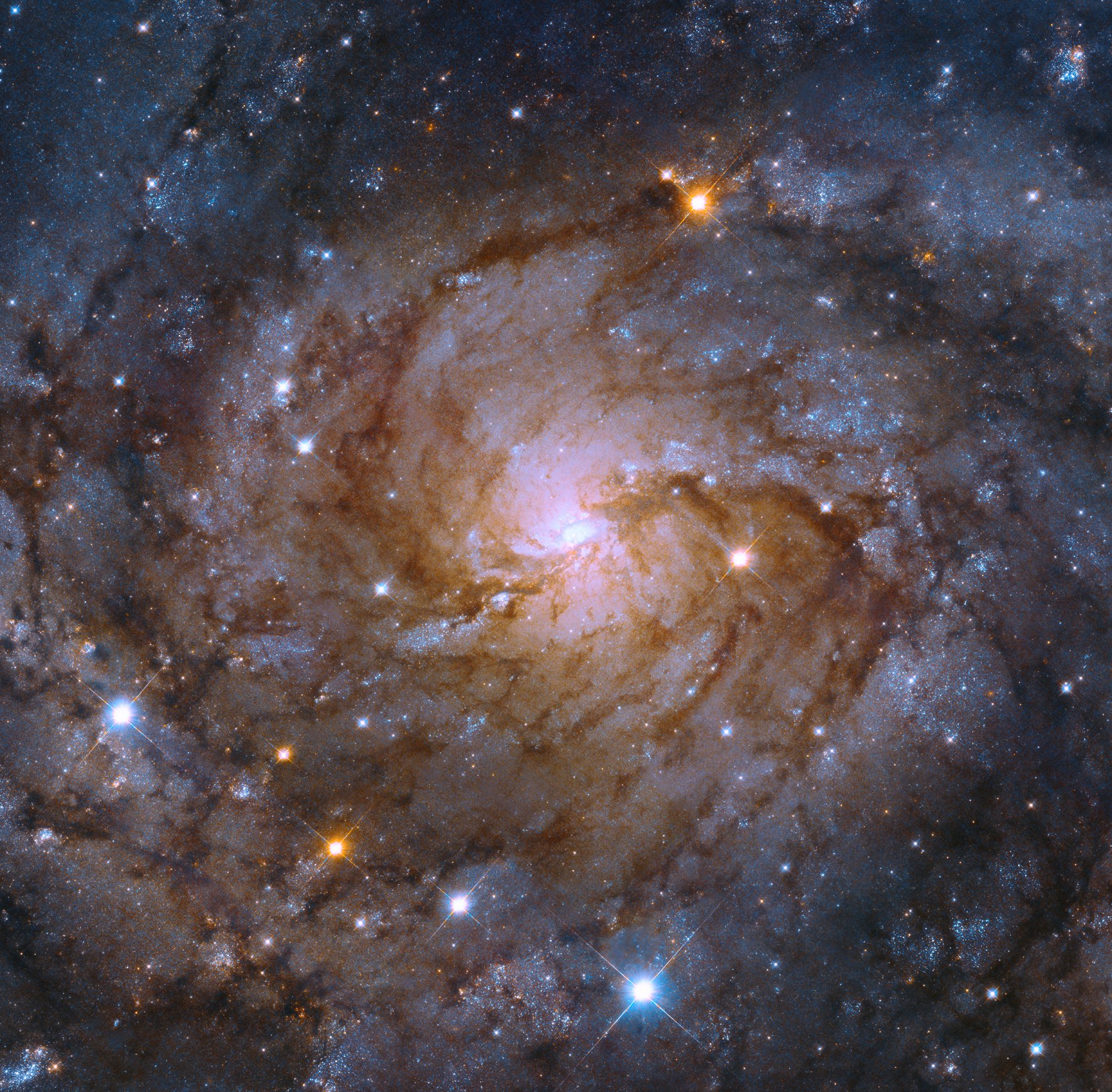NASA Hubble spots hidden galaxy about 11 million light-years from Earth: See pic

NASA has shared a breathing picture of a hidden galaxy that lies near the equator of the Milky Way's pearly disk. Captured by the NASA/ESA Hubble Space Telescope, the spiral galaxy IC 342, also known as Caldwell 5, is located approximately 11 million light-years from Earth.
Discovered in the early 1890s, Caldwell 5 is obscured by so much interstellar matter, making it very difficult to find in the sky. This has earned it the nickname of the Hidden Galaxy.
The latest Hubble image shows sparkling, face-on view of the center of the galaxy, which displays intertwined tendrils of dust in spectacular arms that wrap around a brilliant core of hot gas and stars. According to NASA, this core is a specific type of region called an H II nucleus - an area of atomic hydrogen that has become ionized. Such regions are energetic birthplaces of stars where thousands of stars can form over a couple million years.
Caldwell 5 can be seen with a telescope in the clear night sky during late autumn and early winter in the Northern Hemisphere. In the Southern Hemisphere, only those located close to the equator will have a chance to spot it low in the northern sky during late spring or early summer.
A hidden galaxy lies near the equator of the Milky Way’s disk, which is crowded with thick cosmic gas, dark dust, and glowing stars that obscure our view. @NASAHubble captured this view of IC 342, also known as Caldwell 5, ~11 million light-years away. https://t.co/bC46f9pgZn pic.twitter.com/IVJX3tMj60
— NASA Exoplanets (@NASAExoplanets) May 11, 2022
The Hubble Space Telescope is a project of international collaboration between NASA and the European Space Agency (ESA). Launched on 24 April 1990, the space-based observatory has made more than 1.5 million observations of about 50,000 celestial objects and more than 19,000 scientific papers have been published by astronomers using Hubble data.










